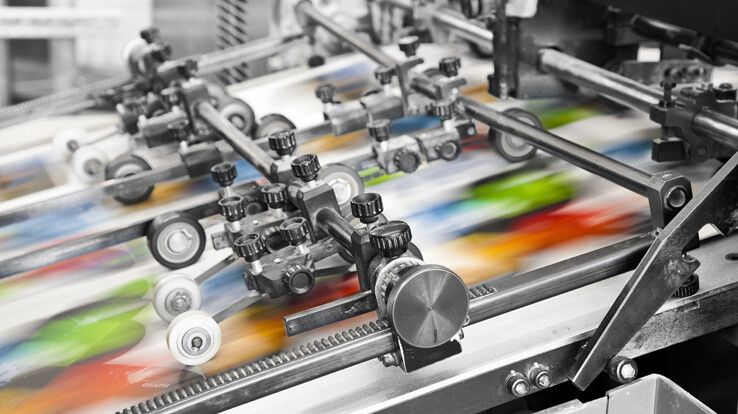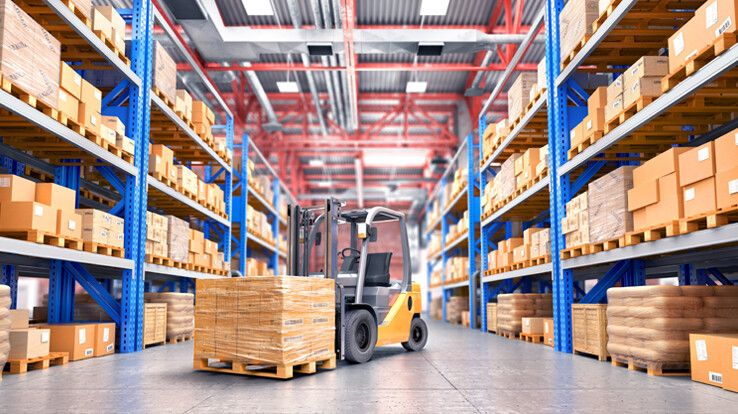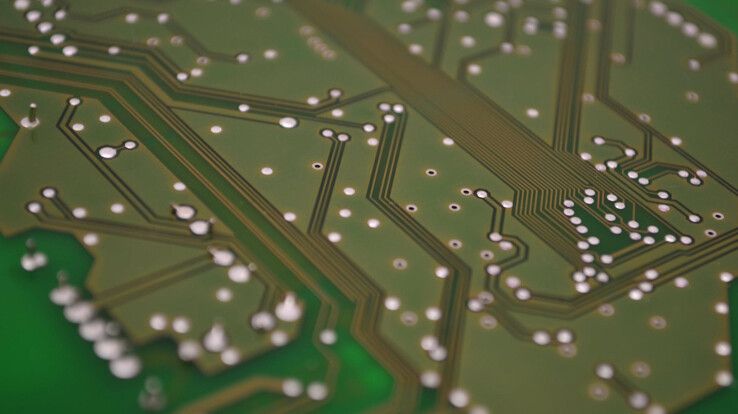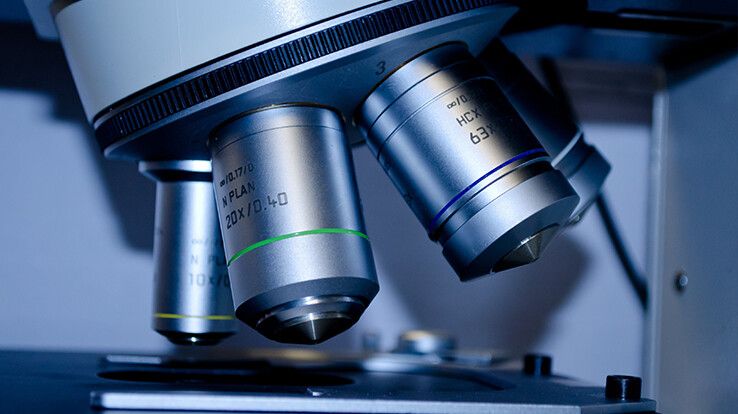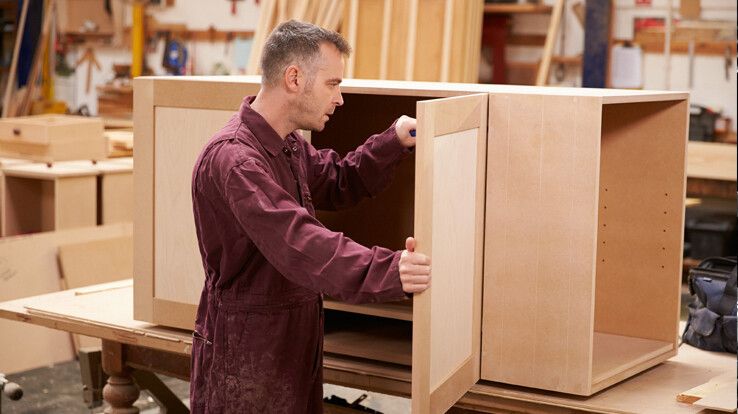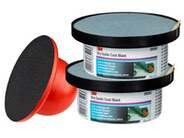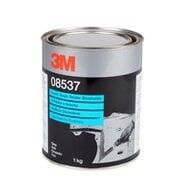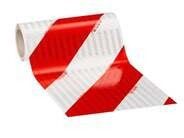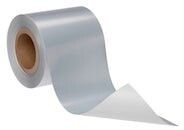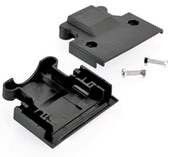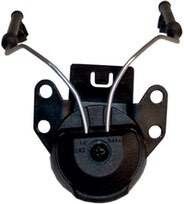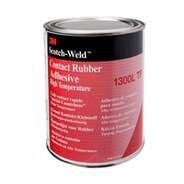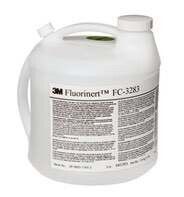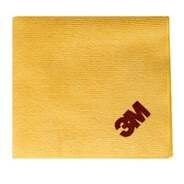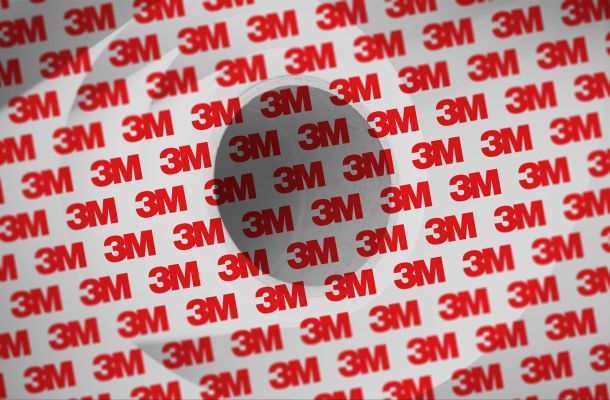The polishing process: Shining step by step
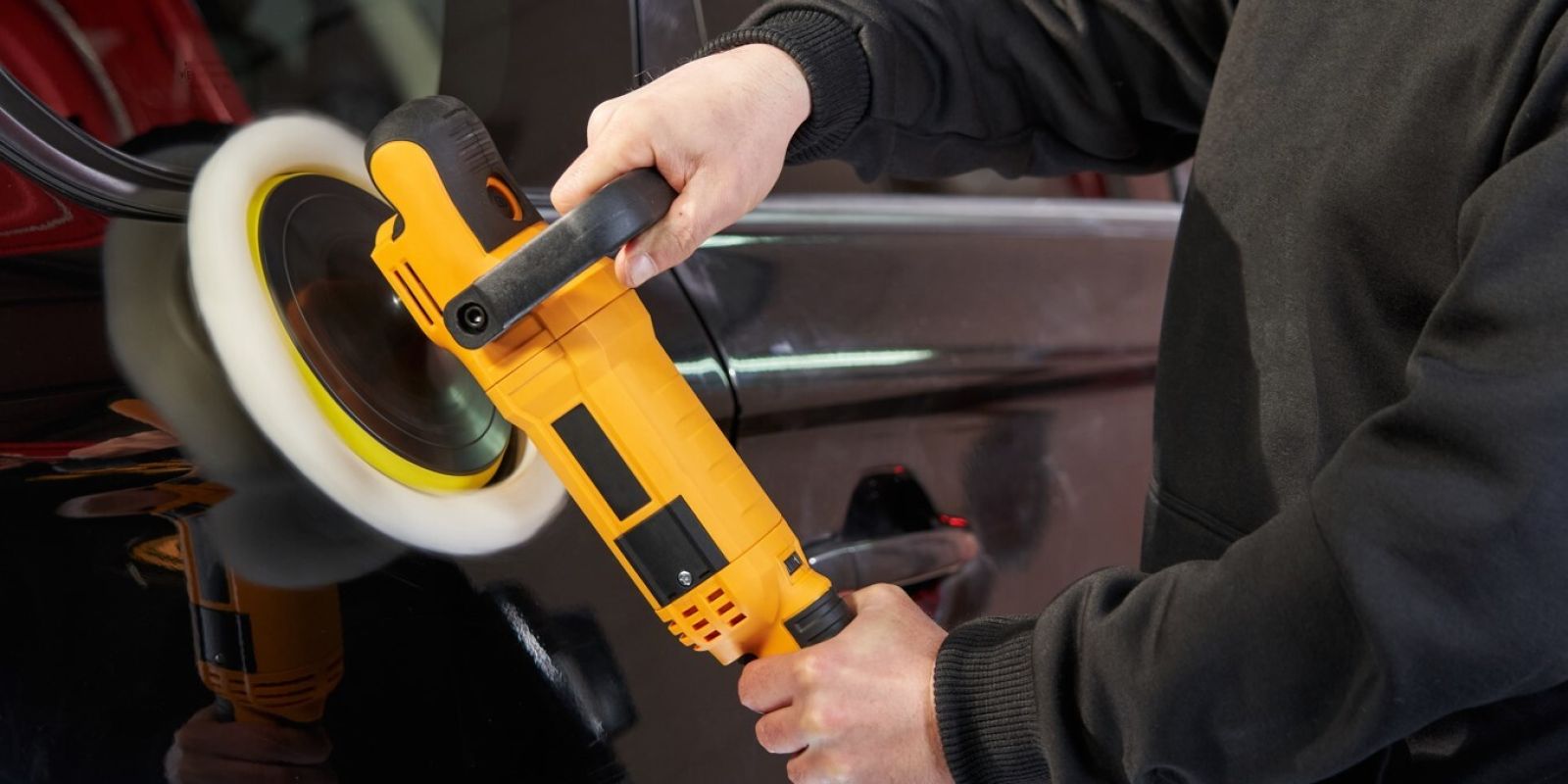

Polishing is a special process that uses different tools and materials to make the surface smooth. The aim is to remove scratches and other surface defects to restore the material's shine and aesthetics. Polishing not only improves the appearance but also increases the durability and lifetime of the surface. What is the polishing process and what tools should be used during the process? Read on to find out in our article!
What do you need for polishing?
Polishing is a multi-step process that requires special tools. Let's look at what you need to get great results!
Polishing machines
The right polishing machine is essential to make the polishing process smooth and efficient. A good-quality polisher will work faster and more evenly, reducing fatigue and increasing work efficiency. You can choose a corded or battery-powered machine, depending on the mobility you need for your work. It is important to pay attention to the speed control of the machine, as different surfaces and materials require different speeds.
Manual tools
Hand tools such as glass polishers and various polishing sponges also play an important role in polishing. They facilitate more precise work, especially in hard-to-reach areas or on smaller surfaces.
Sponges and scarves
The quality of the sponges and cloths used during polishing has a significant influence on the result. Different sponges are suitable for different surfaces and polishing processes. Microfibre cloths are essential for cleaning after polishing. Their fine fibres bind dirt and dust without scratching.
Masks and gloves
For safety reasons, the use of masks and gloves is also recommended. Inhaling polishing compound dust and microparticles can be hazardous to health, so wearing a suitable filter mask is important. And gloves protect your hands from chemicals and physical injury, ensuring a comfortable and safe working environment.
Polishing materials
Polishing pastes and creams are available in different particle sizes, so you can find the right material for every polishing stage. Coarse pastes remove larger scratches and imperfections first, followed by finer creams to perfect the finish. Glass polishing pastes, for example, are specifically designed to polish glass surfaces, while specific metal polishing creams are available for metallic surfaces.
The polishing process depends not only on the right technique but also on a careful choice of tools and materials. By using good quality tools and materials, the process will not only be more efficient, but the result will be more impressive. Here's how polishing works!
The polishing process
Thorough preparation is an essential part of the polishing process. Before you start polishing, it is important to get rid of anything that could contaminate or hinder the process. To do this, we can use appropriate cleaning agents and degreasers to guarantee a clean work surface. Thorough cleaning helps to ensure that the polishing material is evenly distributed over the surface and that the result is the best possible.
The first step in basic polishing is rough polishing. At this stage, larger polishing materials and tools are used to help remove primary materials quickly. This prepares the surface for finer polishing and ensures that the base is tidy. With coarse polishing, the aim is to remove stubborn stains and scratches, so the surface already looks much smoother and more even.
Fine polishing is the more difficult part, using finer-grained materials. In this step, the aim is perfection - to make the surface flawless and shiny. Fine polishing uses less pressure and slower, more even movements. This makes the surface mirror-smooth and brings out every detail.
After polishing, surface protection is important as part of the after-treatment. This involves the application of various protective coatings to protect the surface from external influences such as dirt, damage and oxidation. The right protective coating will give a long-lasting shine and prolong the polishing effect.
Periodic maintenance and regular cleaning will help keep the surface in perfect condition. To do this, it is recommended to use special cleaning agents and maintenance products that are gentle on the surface but effective in removing dirt. Proper maintenance will prolong the life of the polish and ensure that the surface always remains shiny.
If it's polishing, it's Flanker! In our webcatalogue, you'll find everything you need for a perfect and efficient job!
More articles
Flanker Plusz Kft.
Contact Details
Boti Street, 100.


